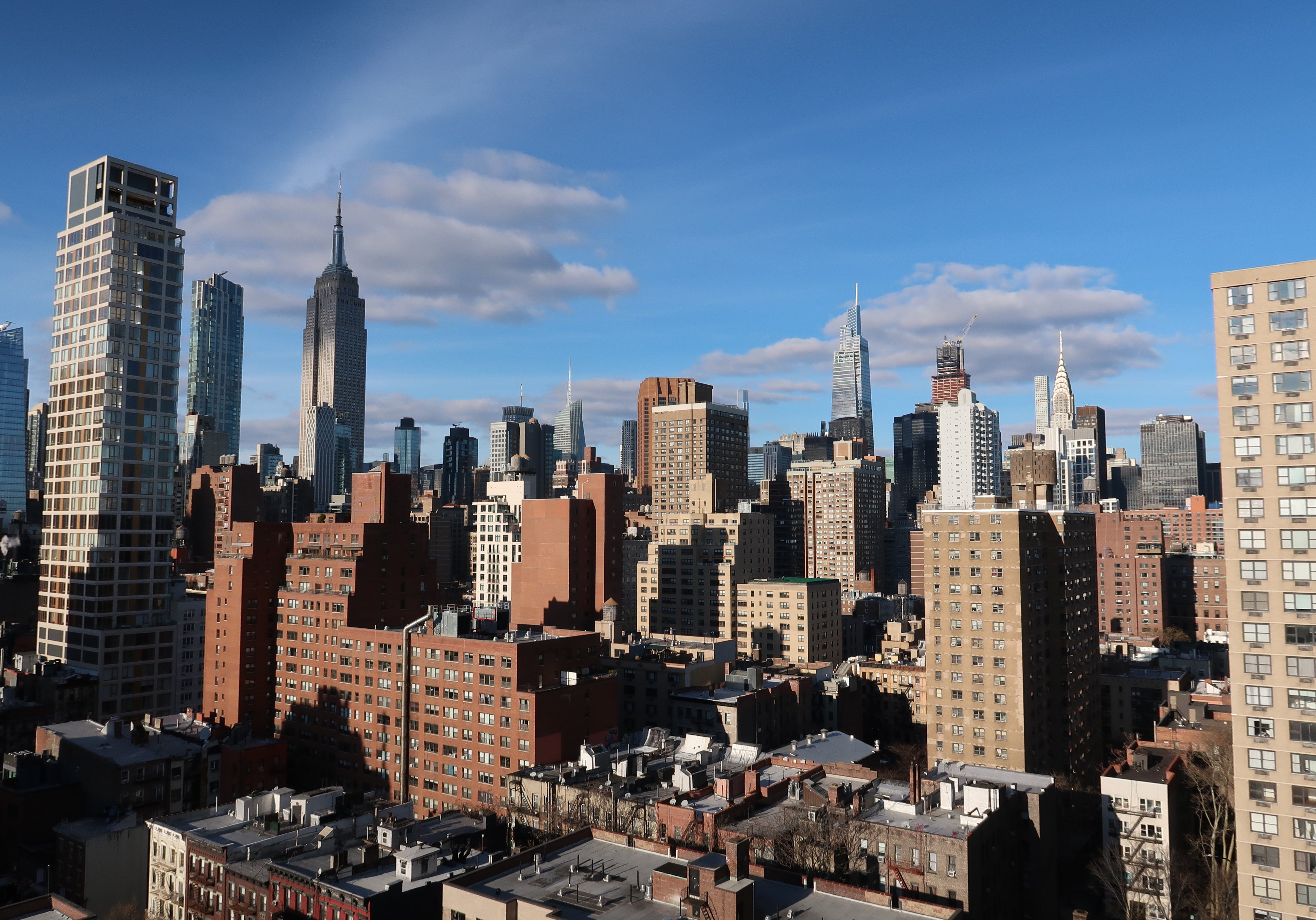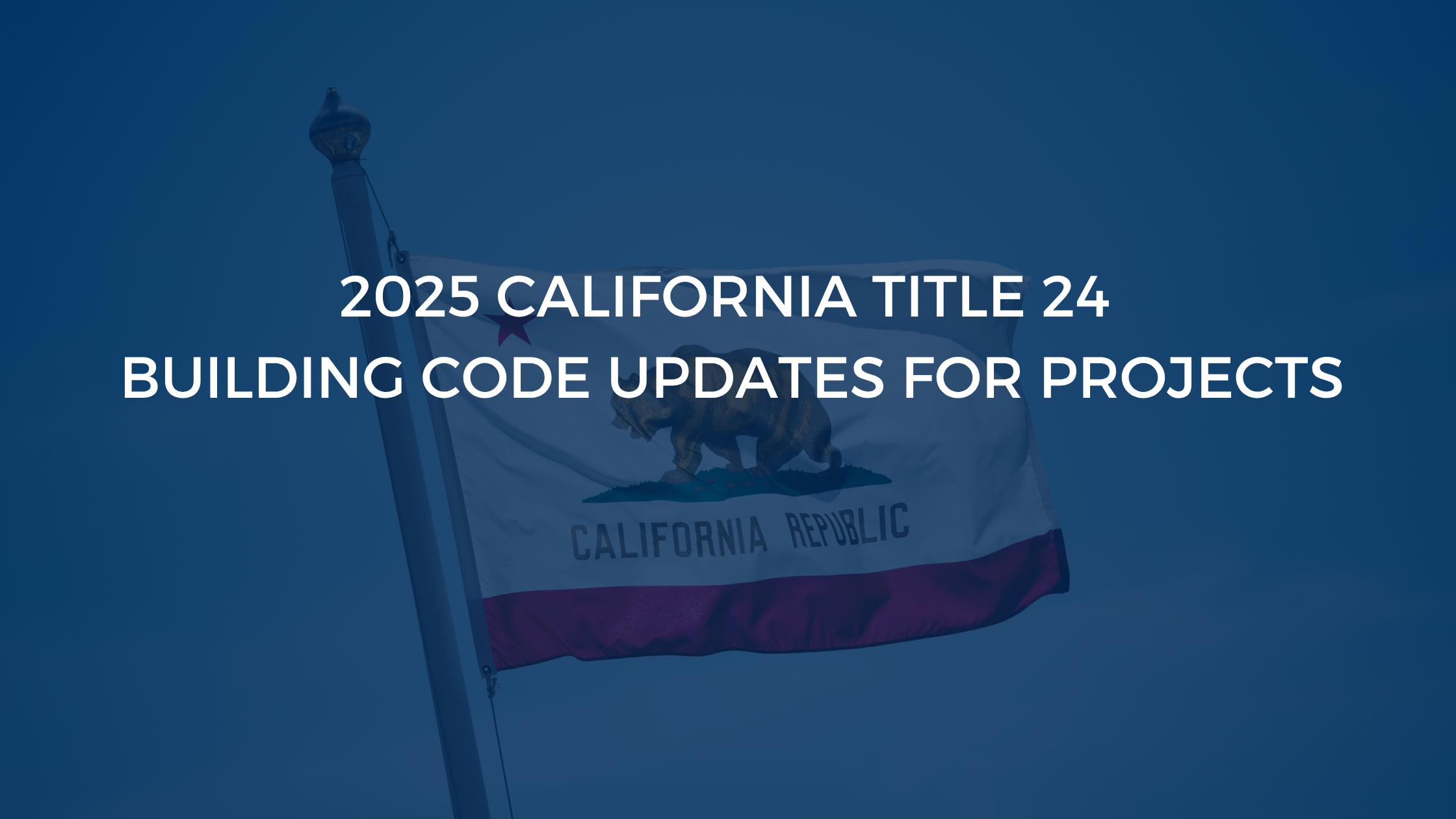Per City Council's approval last March, New York City incurred a new Mandatory Inclusionary Housing policy (MIH). The MIH seeks to produce at least 12,000 of the 80,000 below-market units that the administration plans to build over a ten-year period.
The new MIH does not come without objections, though, with some admonishing the administration's strategy of up zoning low-income neighborhoods in an attempt to create rent-restricted housing. Those opposing the changes argue that this strategy introduces a large percentage of market-rate units to these low-income neighborhoods, therefore worsening gentrification. But what are the details of the policy? How can we be sure that the rules, as it were, are being followed? Let's dive in.
Developers and MIH: When to Abide
MIH applies to developers in two situations. They are as follows:
1. When a developer wants to build a bigger residential building, expand an existing residential building, or convert a non-residential building to apartments, but is not permitted under the current zoning.
2. When a rezoning plan would allow for a large, or significant increase in the permitted residential floor area of property owners. The floor area size is decided on a case-by-case basis.
Note: Only when there is a zoning change, resulting in an increase in the allowable floor area, does MIH apply.
It is also possible for developers to apply for reductions in MIH requirements under the Board of Standards and Appeals. As explained in an article published by CityLimits.org -If there is “no reasonable possibility that a development, enlargement or conversion…will bring a reasonable return," they may be granted a reduction. The Department of Housing, Preservation and Development (HPD) is required to submit a comment or testify before the board on whether they think the developers’ request is reasonable.
Affordable Housing and MIH
There are four potential sets of affordability requirements with MIH. They are as follows:
Option #1: “25% of units are affordable to families making an average of 60% AMI, or $48,960 for a family of three. A unit is considered affordable when rent and utilities costs no more than 30 percent of a family’s monthly income (or, in the case of condominiums, when total monthly fees and payments cost no more than 35 percent of a family’s monthly income). For instance, a family making $46,960 would pay roughly $1,200 a month, plus utilities, for a two-bedroom apartment.”
Option #2: “developers may set aside 30% of units for families making an average of 80% AMI, or $65,250 for a family of three. Such a building can have a mix of income levels, and no rent-restricted units can be targeted to families making more than $106,080. For both Options #1 and Options #2, developers are allowed to use public funding to finance the projects.”
Option #3: “Known as the Deep Affordability Option, this option requires that 20% of the rent-restricted units be affordable to families making 40% AMI, or $32,640 for a family of three. This option was created by City Council to provide units for families making lower incomes, and developers cannot use public funding unless they are providing additional affordable units.
Option #4: “This option cannot be applied in the core of Manhattan (community districts 1-8), requires that 30% of the rent-restricted units are affordable to families making 115% AMI or $93,840 for a family of three, with required percentages at several different income bands. Developers using the Workforce Option cannot use public funding.”
Note: Options #3 and #4 cannot be selected by themselves—they must be selected alongside one or both of the first two options, respectively, or both at once.
"Poor Houses" and Luxury Skyscrapers
The argument regarding separate entrances for high and low income tenants in luxury apartment buildings was in full swing during the creation of the new MIH. Mayor de Blasio and the City Council made their best efforts to craft the new policy such that future projects would not stigmatize low-income residents. As such, developers are now allowed to create a separate low-income building next door to the market-rate building. However, they must design the building in a way that does not “stigmatize occupants of affordable housing units.”
MIH Today
As of the end of 2016, the City Council has approved one neighborhood-wide MIH rezoning in East New York and Ocean Hill in order to encourage higher densities. At present, the City is considering implementing MIH in nine other city neighborhoods across the five boroughs. Eight other projects are also undergoing public review at this time, including two market-rate buildings with affordable units in the West Village and Bedford-Stuyvesan. The Mayor, his administration, and the City Council remain optimistic that the new MIH will have its intended effects of generating many new rent-restricted units in historically wealthier areas.
For any additional questions or comments on this topic, please contact Milrose Consultants. To stay informed on the latest zoning changes impacting the real estate development industry, subscribe to our free monthly newsletter below.
- New York City Proposes Mandatory Inclusionary Housing
- Mandatory Inclusionary Housing Program: Summary of New Zoning Regulations
- Zoning for Quality and Affordability: New Zoning Regulations



-3.png)


